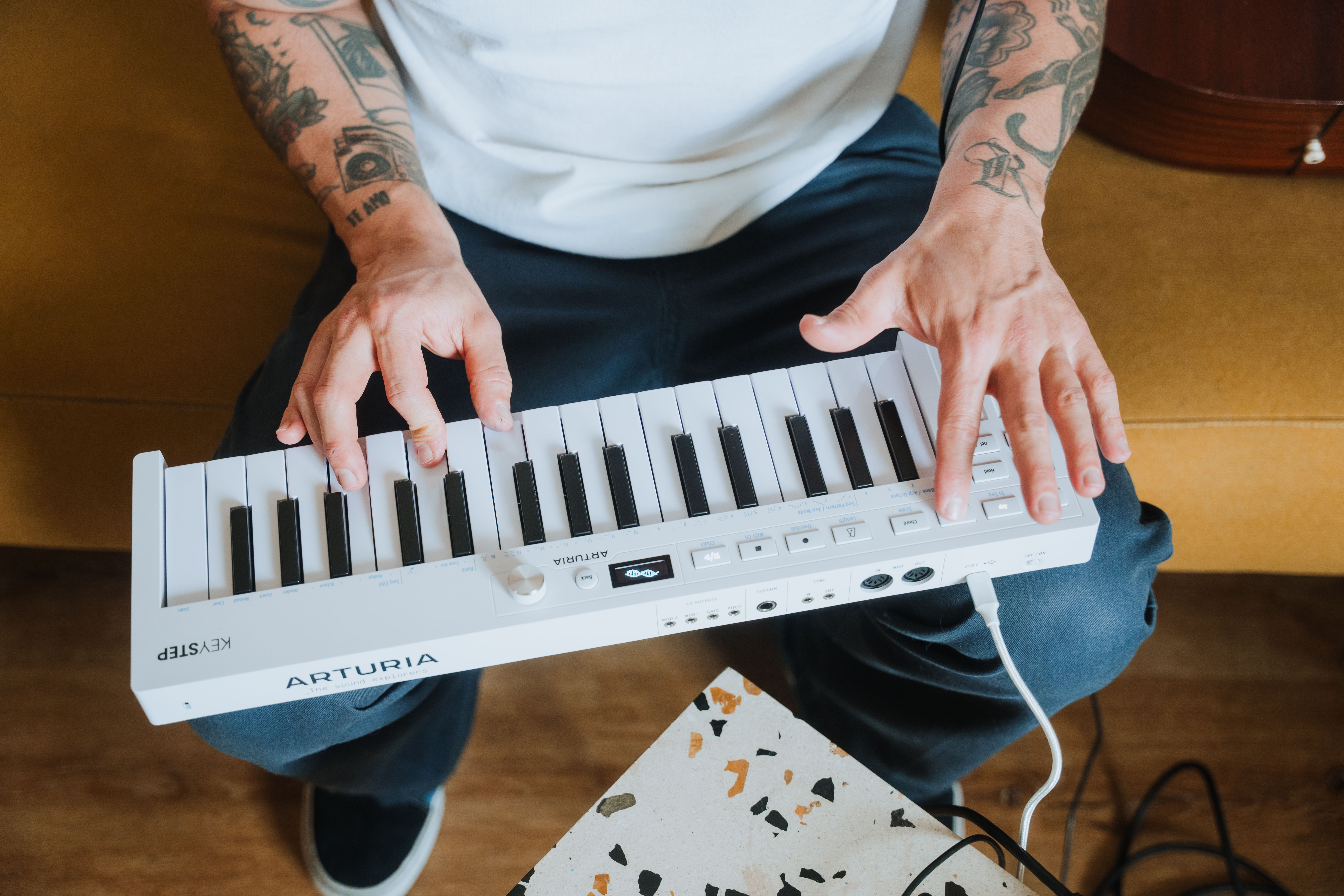French music tech company Arturia just dropped the KeyStep mk2, the first major update to its iconic synth controller in nearly a decade. The new device adds AI-powered generative features called Mutate and Spice that can automatically create musical variations - but early reviews are raising concerns about a shift from metal to all-plastic construction.
Arturia just made its biggest play yet in the AI-powered music creation space. The French company's KeyStep mk2, launching today, represents the first major update to one of electronic music's most ubiquitous controllers since 2016. But this isn't just a hardware refresh - it's Arturia's bet that musicians want AI to be their creative partner, not just their tool.
The timing couldn't be more strategic. As AI music generation tools like OpenAI's Jukebox and Google's MusicLM grab headlines, Arturia is taking a different approach. Instead of replacing human creativity, the KeyStep mk2's new Mutate and Spice features work alongside musicians to spark unexpected ideas. "A new benchmark has been set for what a keyboard can do as a compositional assistant," YouTuber Loopop told his 400,000 subscribers.
The core appeal remains unchanged - 32 velocity-sensitive minikeys, aftertouch, and that signature small footprint that's made the original KeyStep a studio staple. USB-C power and MIDI connectivity join traditional five-pin MIDI ports, while CV and gate outputs keep modular synth enthusiasts happy. At its heart, this is still the same controller that's appeared in thousands of YouTube videos and bedroom studios worldwide.
But the real story is what's happening under the hood. Mutate takes existing arpeggios or sequences and introduces semi-random variations, constantly evolving patterns in ways that would take humans hours to program manually. Think of it as controlled chaos - the algorithm knows music theory well enough to keep changes musical while introducing enough unpredictability to surprise even experienced producers.
Spice operates more subtly, focusing on rhythmic elements rather than melodic changes. It adjusts gate lengths, velocities, and adds rhythmic flourishes like ratchets. At higher settings, it'll throw in octave jumps that can transform a simple bass line into something far more complex. Both features draw from Arturia's Freak synthesizer line, suggesting the company sees generative capabilities as a core competency moving forward.
Synth influencer Starsky Carr praised the creative potential, noting "loads of fun and loads of inspirational tools" in his early review. But the enthusiasm isn't universal. , particularly Arturia's decision to replace the original's metal baseplate with all-plastic construction.












